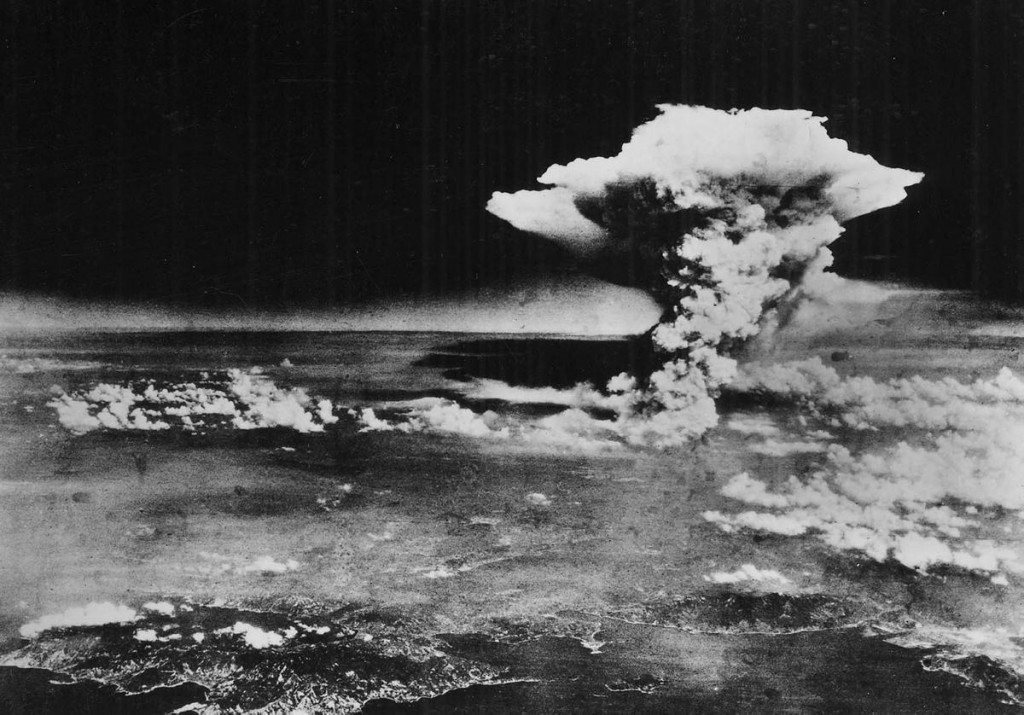The Bombing of Hiroshima, 1945
Episode #6 of the course “Most Important Historical Events of the 20th Century”
World War II is considered the largest war with the greatest number of causalities. However, no one occurrence caused more death and destruction than dropping an atomic bomb on Hiroshima in 1945. The drop on the Japanese city occurred on August 6 and was carried out by an American B-29 bomber. The explosion destroyed an estimated 90 percent of the city and 80,000 people. Thousands more would die later due to radiation exposure. The United States also dropped another bomb on Nagasaki, which killed roughly 40,000 people just days later.
These bombs were unlike any other weapon of war that the world had ever seen. In the United States, these atomic weapons were developed under the supervision of the Office of Scientific Research and Development and the War Department, so they were clearly designed with mass destruction purposes in mind. Their development began in 1940, and the first successful bomb was detonated on July 16, 1945 in Alamogordo, New Mexico.
By the time the bomb was dropped on Hiroshima, Germany had already surrendered. Japan, on the other hand, vowed to continue fighting and even fought more intensely than they ever had before. The idea of defeat seemed to be motivation for the Japanese. Japan refused a demand for surrender in late July, even though the demand threatened Japan’s “prompt and utter destruction.”
President Truman was faced with the decision to continue fighting as he had been, which would likely result in the loss of roughly 1 million American lives, or use the atomic bomb. The Secretary of War Henry Stimson and General Dwight Eisenhower had serious moral reservations about using the bomb. Scientists who developed the bomb could not support the bombing either. Nonetheless, Truman’s hope was that this act would bring the war to a quick close without risking additional American lives. Others saw the potential for showing the world that America was a dominant force, which would be helpful in post-war negotiations.
The Japanese surrendered on August 15, 1945, nine days after the first bombing.
Share with friends

